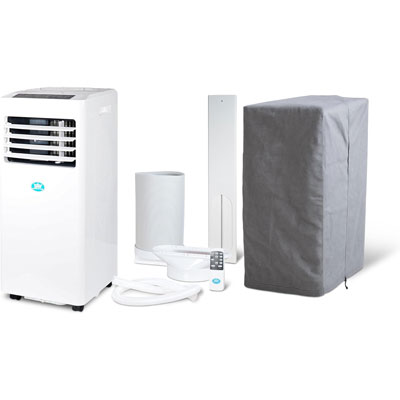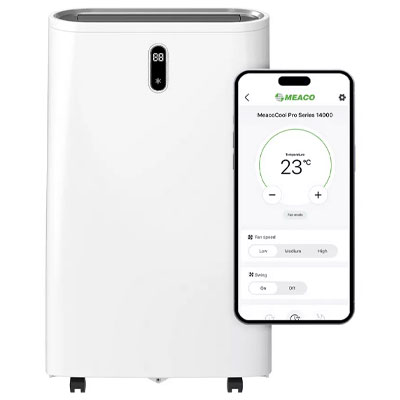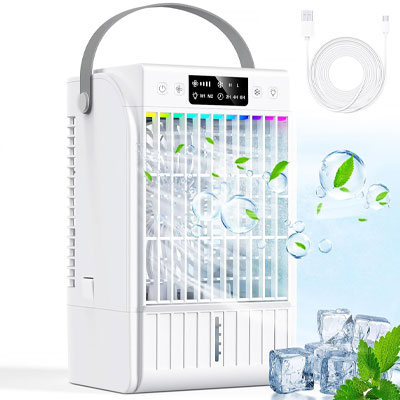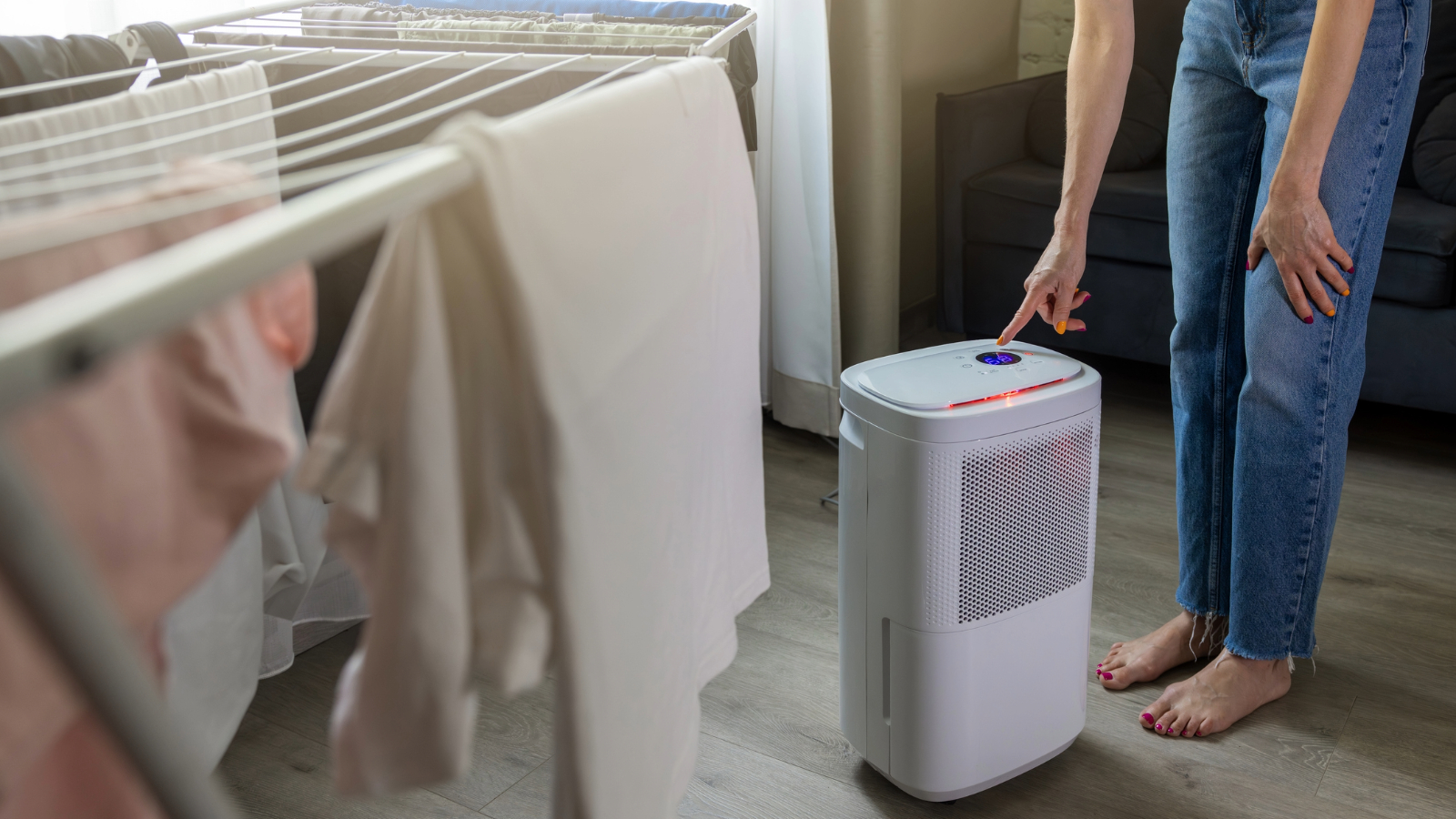Wall-mounted vs portable air conditioners — as temperatures soar, which will be right for you?
We look at wall-mounted vs portable air conditioners to help you decide the best option for your home and needs
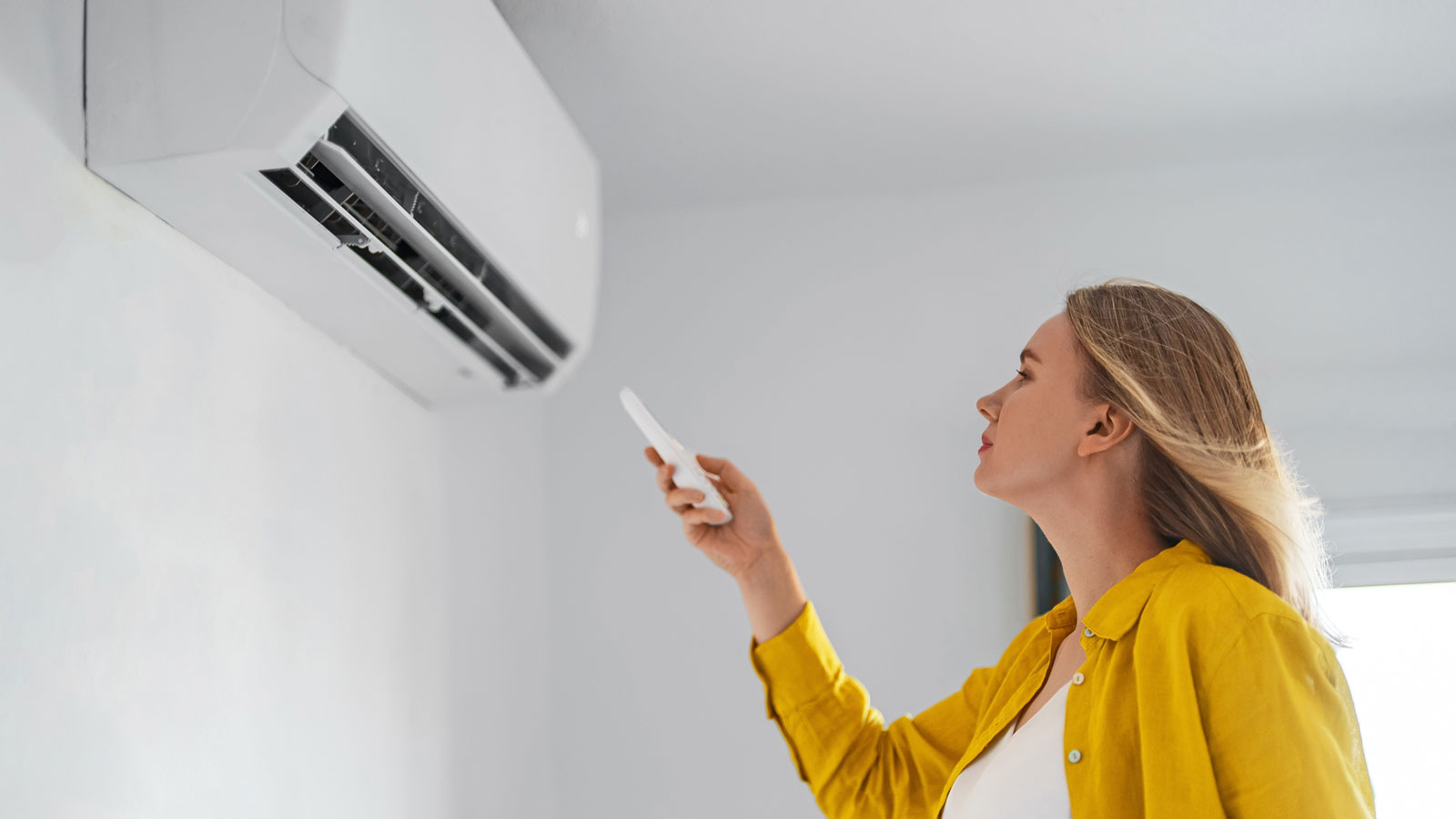
Wall-mounted vs portable air conditioner – just which should you choose? We are living in a world where temperatures are on the rise meaning this is a question you should be giving some serious thought to if you want your home to remain at a comfortable temperature throughout the summer – and even beyond.
Both forms of air conditioning are actually brilliant ways to cool down a room, or an entire house in some cases, but they also offer very different things and come with various pros and cons that it really is important to understand before choosing one over the other.
To help you make an informed decision, we reached out to some experts in the field for their advice on the differences, similarities and cost implications of each type of system.
Wall-mounted vs portable air conditioner – what's the difference?
Before getting into the pros and cons of these types of air conditioning, it is important to understand how they differ.
First up, lets look at how portable air conditioners work. These are units, usually on wheels to help move them around, that come in all shapes and sizes. They are designed to be plugged into to a standard electrical socket and usually feature a water tank to collect the condensation from the air. They can be transported wherever needed, although it is necessary to duct them to outside – often through a window.
Wall-mounted, or 'fixed' air conditioning, on the other hand, stays where it is put – usually high up on a wall or sometimes within the ceiling or hidden at a lower level. They are made up of two parts – the indoor unit and a fan unit situated somewhere outdoors that is connected through copper pipes to the indoor section which will blow out cold air through vents and will often be remote controlled.
Pros and cons of portable air conditioners
There is a great deal to love about the best portable air conditioners, not least how easy they are to set up and start enjoying a cooler home.
Bring your dream home to life with expert advice, how to guides and design inspiration. Sign up for our newsletter and get two free tickets to a Homebuilding & Renovating Show near you.
"Easy to install and operate, they offer a convenient and portable solution for maintaining comfort and cooling wherever you need it," explains Chris Michael, Meaco's managing director.
"Portable units can be a great short-term option," picks up Martyn Fowler, founder of Elite Renewables. "They’re perfect for renters or for occasional use during a heatwave."
"Portable air conditioners offer a simpler, lower-risk alternative," further explains Chris Michael. "They don’t need structural changes, can be moved between rooms, and just need a window for venting. They're a practical option for cooling specific spaces like bedrooms or home offices during hot weather.
Pros of portable air conditioners:
- Flexible: Can be positioned wherever you need them at any given time.
- Simple set-up: No professional installation required.
- Cheaper: Initially they are cheaper to purchase than fixed systems.
- Temporary: No need to have them on show at all times.
Cons of portable air conditioning:
- Noisier: Although quiet-running models are available, on the whole they tend to be louder to run than wall-mounted.
- More expensive to run: Compared to most wall-mounted units, portable costs more to run day-to-day.
- Outdoor ducting required: Need a hose to be run from the unit to outdoors, either through a window or door.
- More hands-on: You will need to plug it in, move it around and remember to empty the water tank when it's full.
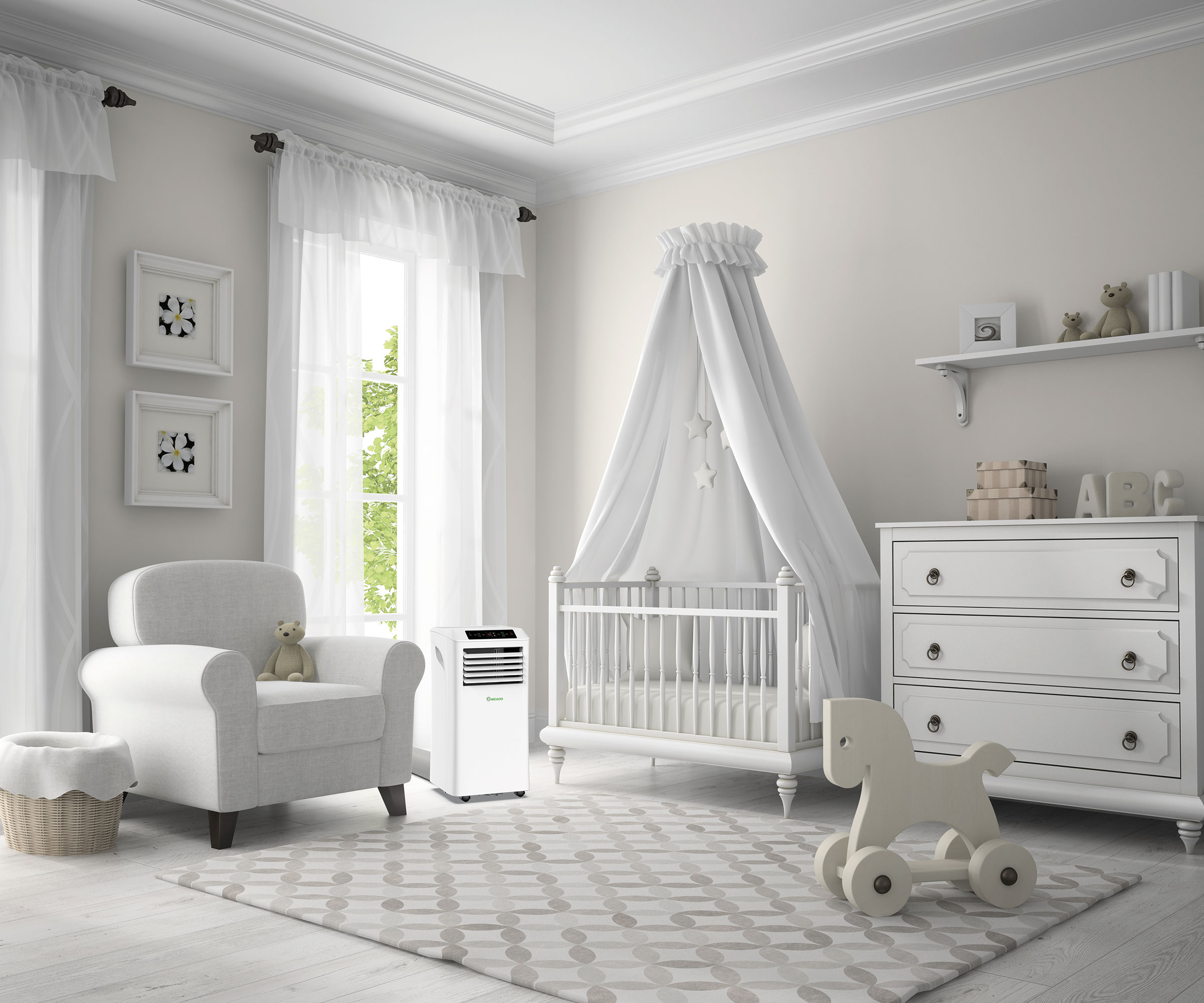

Chris and his partner Michelle started Meaco in 1991. Meaco is now regarded internationally as a major player in the dehumidifier industry selling to 20+ countries throughout Europe, North America and South Africa. Meaco sets the benchmark for quality and development in its sector, leading by example and reducing the energy consumption of its appliances.

Founder of Elite Renewables, Martyn Fowler is one of the UK's leading renewable technology experts, working with heat pumps for the last 2 decades. His passion for decarbonisation matched with a deep technical experience of the technology make him one of the industry's go-to experts for all things renewable.
Shop portable air conditioners
Pros and cons of wall-mounted air conditioning
If you want a more permanent way to keep your house nice and cool and don't mind stumping up for air conditioning installation costs, then a wall-mounted unit is the way to go.
"If it’s a room you spend time in every day, especially at night, then a wall-mounted system will give you far better comfort and efficiency," explains Martyn Fowler. "They’re quieter, more powerful, and don’t need constant set-up or moving around. They cost more upfront, but they’re much cheaper to run over time."
"Wall-mounted air conditioning systems are effective and quiet, but they come with higher upfront costs and ongoing maintenance," points out Chris Michael. "Professional installation is required and usually involves both indoor and outdoor units, electrical work, and in some cases, planning permission. Once installed, these systems are permanent. Removing them often means repairing walls or ceilings."
Pros of wall-mounted air conditioning:
- Lower running costs: They are far more efficient to run than portable.
- Powerful: They also tend to be more efficient at cooling spaces.
- Fit-and-forget: Once installed, they are simple to operate and discreet – smart models can even be controlled using devices via an app.
Cons of wall-mounted air conditioning:
- Expensive initially: To purchase and install a wall-mounted unit costs more than a portable model.
- Externally visible: They require an outdoor unit which can, in some instances, require planning permission.
- Professional installation required: You will need to call in the pros to get the unit up and running.
How do fixed and portable air conditioning compare in cost?
In terms of air conditioning costs, there is no denying that wall-mounted air conditioning is initially the more expensive of the two.
"A decent portable unit might be £300 to £600, while wall-mounted systems start around £1,200 including installation," picks up Martyn Fowler. "But when you look at energy use, the wall-mounted models win.
"You’re talking around 20 to 30 pence per hour to run compared to 25 to 40 pence for a portable unit – and the cooling performance is much stronger."
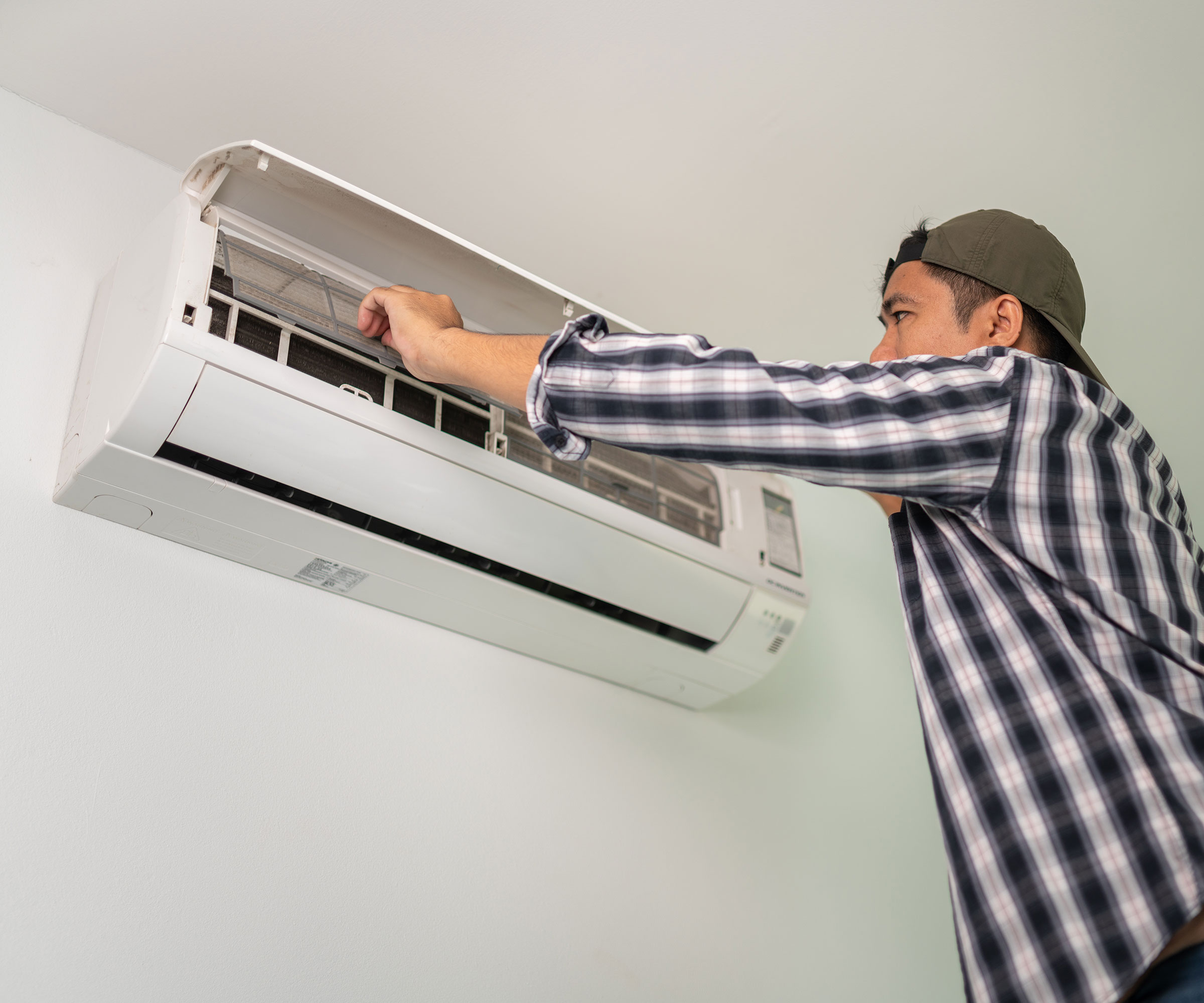
Is portable or wall mounted air conditioning better?
Still struggling to decide between the two? It really comes down to what you, personally, want from the unit.
"I’d start with how the space is used," advises Martyn Fowler. "If you’re cooling a room regularly, go for wall-mounted. If it’s a now-and-then thing or you’re not ready to commit to an install, portable can do the job with a few compromises."
Chris Michael has some more advice for those weighing up the two types of systems, wondering how to prevent overheating.
"Using a portable unit is a good way to test whether air conditioning suits your needs before investing in a permanent system," he says. "While they’re usually louder than wall-mounted units, the trade-off in cost and flexibility is often worth it."
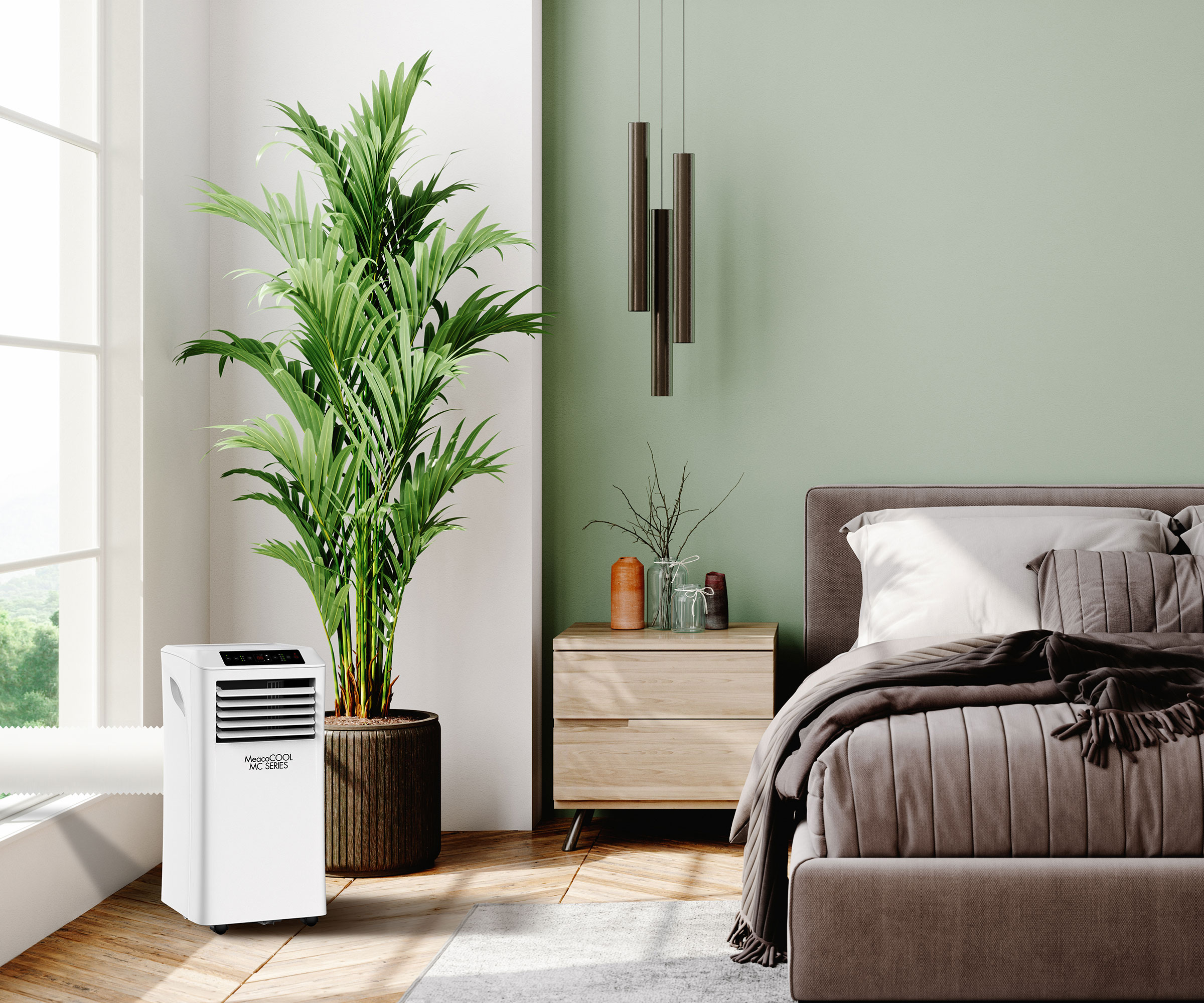
FAQs
Can I install a wall-mounted air conditioner myself?
In short, no, you can't.
The work needs to be carried out by an F-gas qualified engineer. This will ensure the system is working properly and is safe to use.
In addition to fitting an air conditioning unit, it is well worth looking into how to keep a house cool using other methods – there are lots of tricks to try.
Natasha was Homebuilding & Renovating’s Associate Content Editor and was a member of the Homebuilding team for over two decades. In her role on Homebuilding & Renovating she imparted her knowledge on a wide range of renovation topics, from window condensation to renovating bathrooms, to removing walls and adding an extension. She continues to write for Homebuilding on these topics, and more. An experienced journalist and renovation expert, she also writes for a number of other homes titles, including Homes & Gardens and Ideal Homes. Over the years Natasha has renovated and carried out a side extension to a Victorian terrace. She is currently living in the rural Edwardian cottage she renovated and extended on a largely DIY basis, living on site for the duration of the project.
